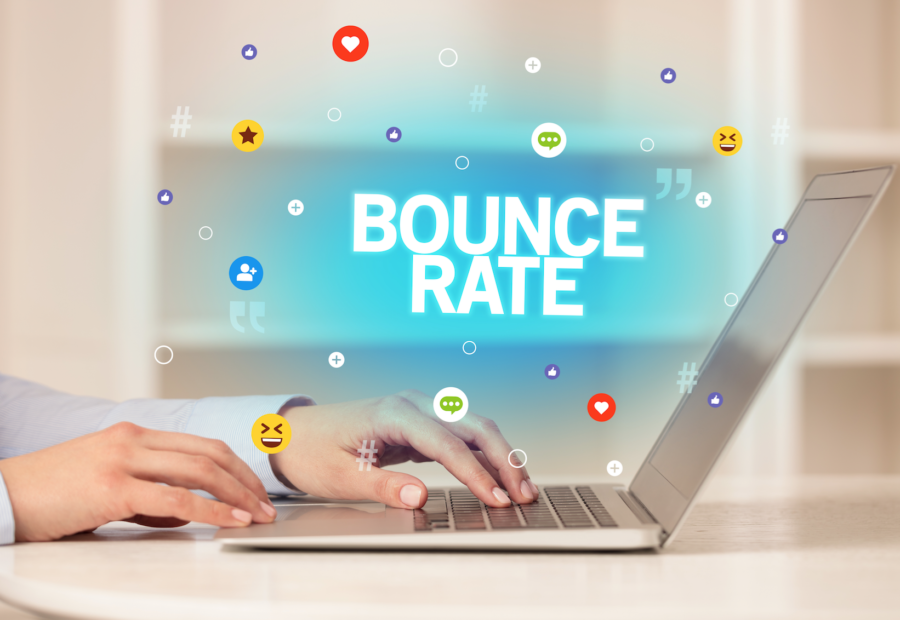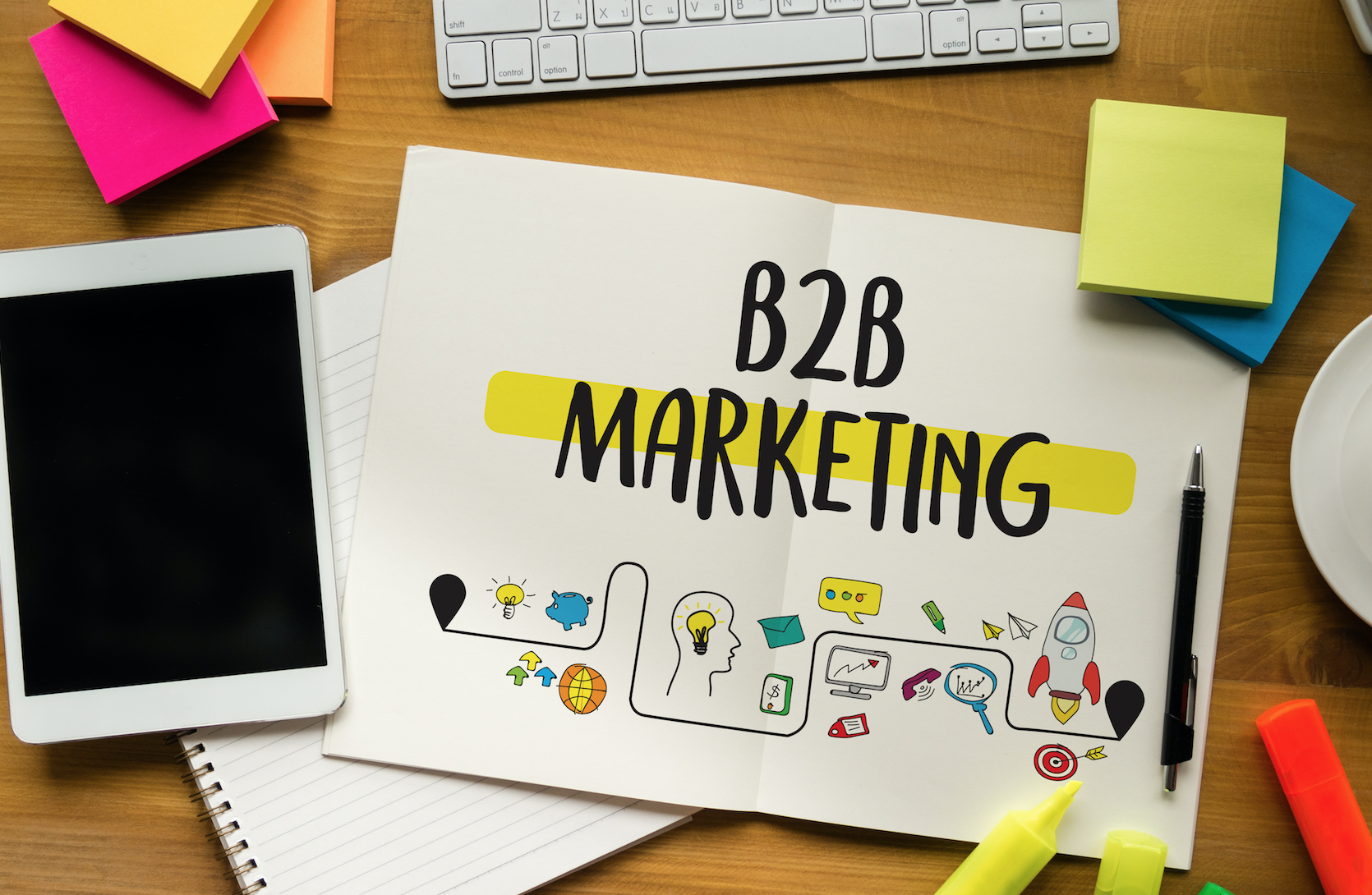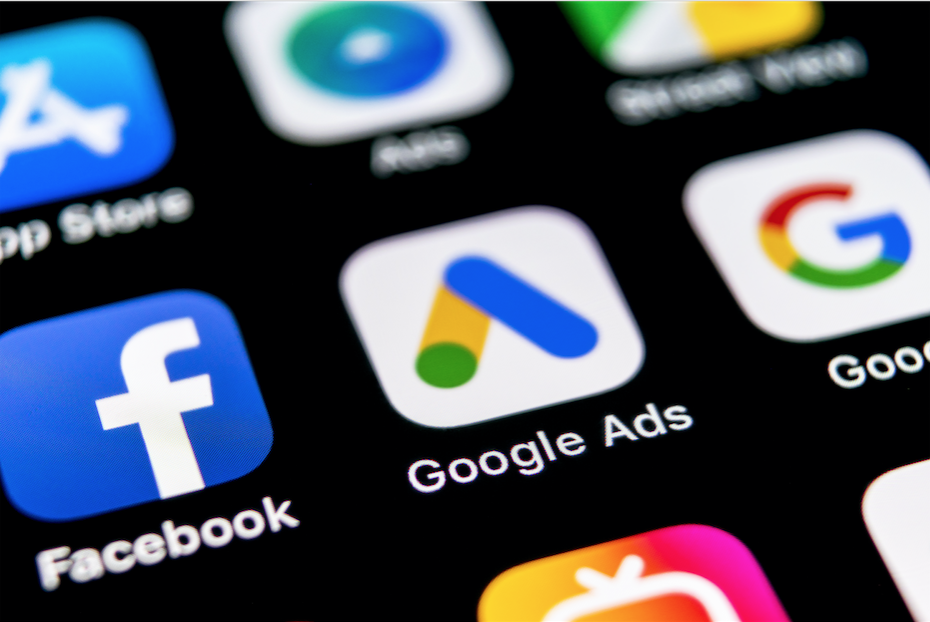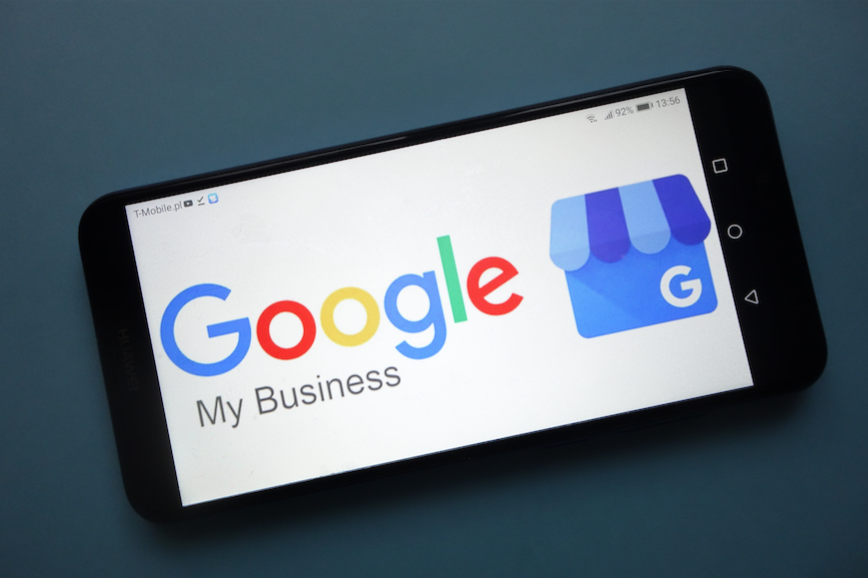Webinars and virtual events have become a turning point for meetings and business in general, exploding during the pandemic. Let's explore everything business professionals need to know about the benefits of hosting these successful virtual seminars. During
- Home
- Digital Marketing
A high-performing lead generation process involves many moving parts. While it’s important to generate a good number of leads, the quality is just as, if not more important. With proper lead generation tactics, your brand can forge
Improving your customer journey can have a major impact on your bottom line. To improve your customer journey you have to identify the gaps in your service delivery to your customers, as well as focus your efforts
If your website is struggling to generate traffic and leads, it could be due to a high bounce rate. While reducing bounce rate doesn’t automatically mean you’ll increase conversions, it could help. The ultimate goal is to
Conducting a brand audit can help you understand where you stand within your market and in the minds of your consumers. More specifically, you can: Identify your strengths, weaknesses, opportunities and threats Discover positive and negative perceptions
The B2B marketing landscape has shifted significantly over the past year. The pandemic has caused certain tactics to accelerate and move to the forefront. To stay relevant and competitive, B2B marketers have to embrace these newest industry
Even though the majority of the world is still in the thick of COVID-19, it is crucial to consider what the post-COVID world is going to mean for our customers, our businesses, and the way we go
Google released new smart features and ways to buy ads on its different channels. Much like all other updates to Google Ads features, there will be learning curve with the new tools. Here is how you can
Google's partnership with Wix is raising to a new level. The companies have recently announced an expanded partnership that will integrate Google My Business (GMB) directly within Wix. GMB data can now be accessed by businesses, customer














